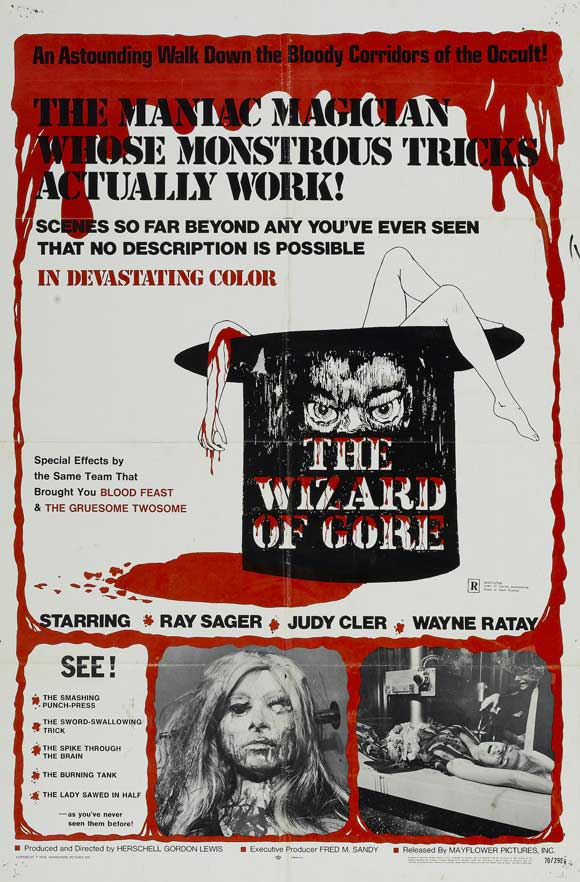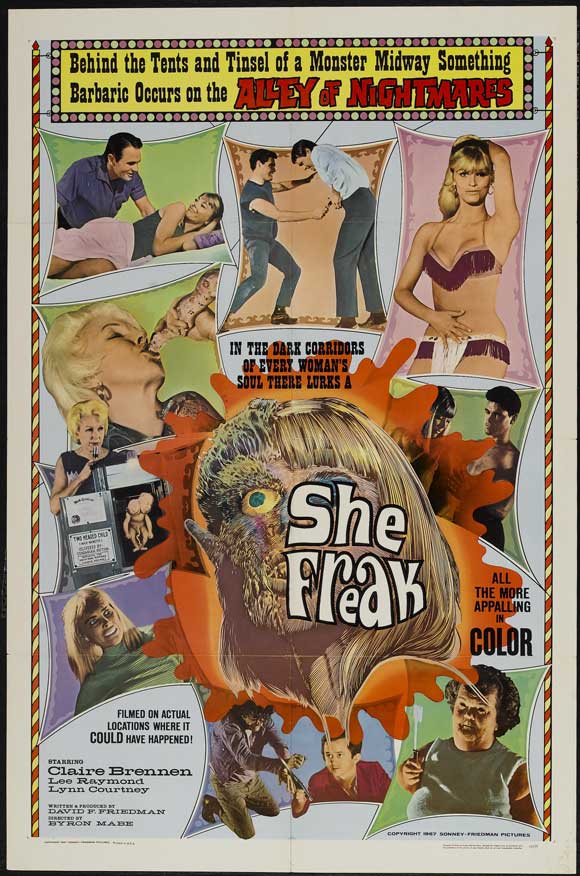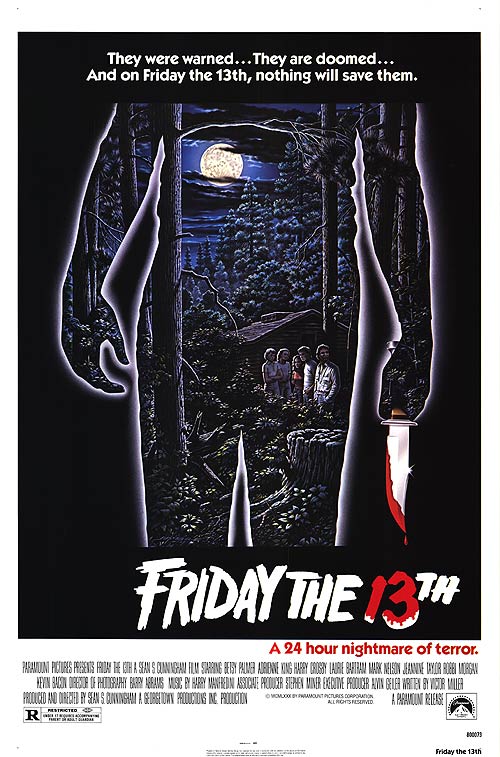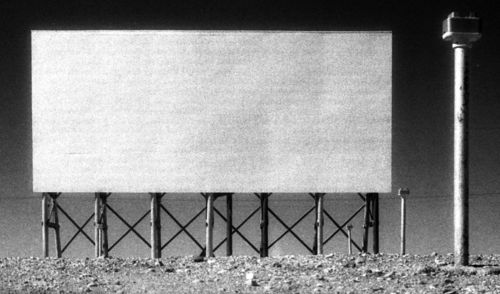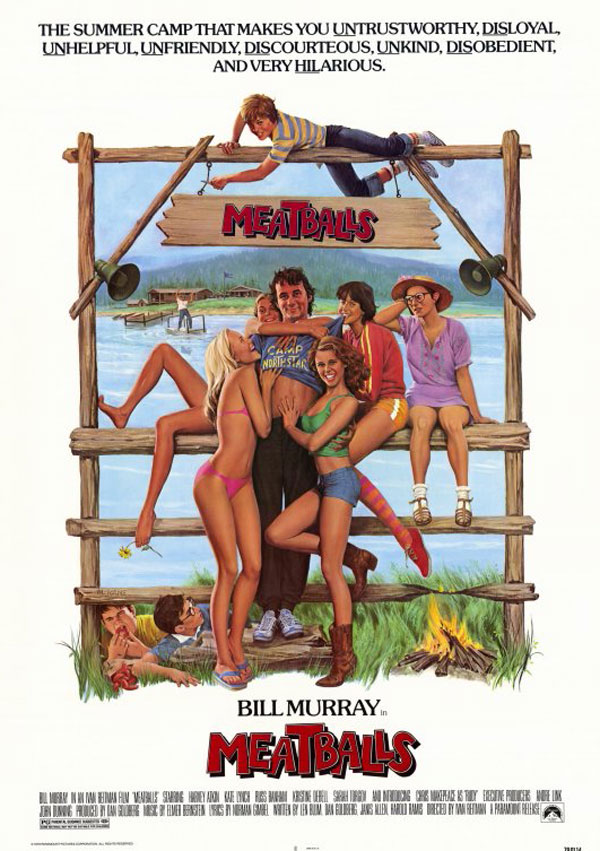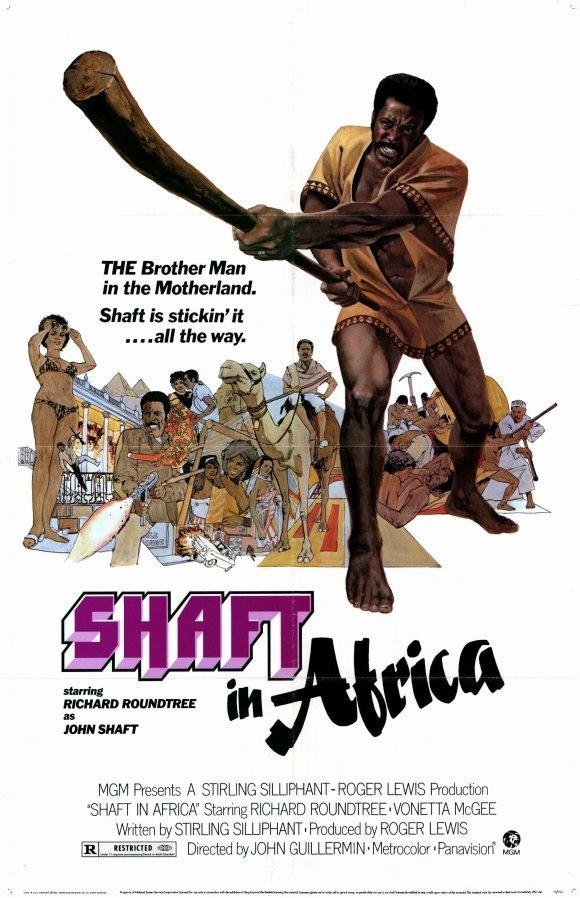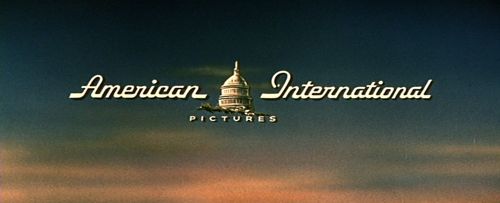The ABCs of B-Movie Bullsh*t -- H is for Hammer
 Wednesday, August 31, 2011 at 6:00AM
Wednesday, August 31, 2011 at 6:00AM H
is for Hammer
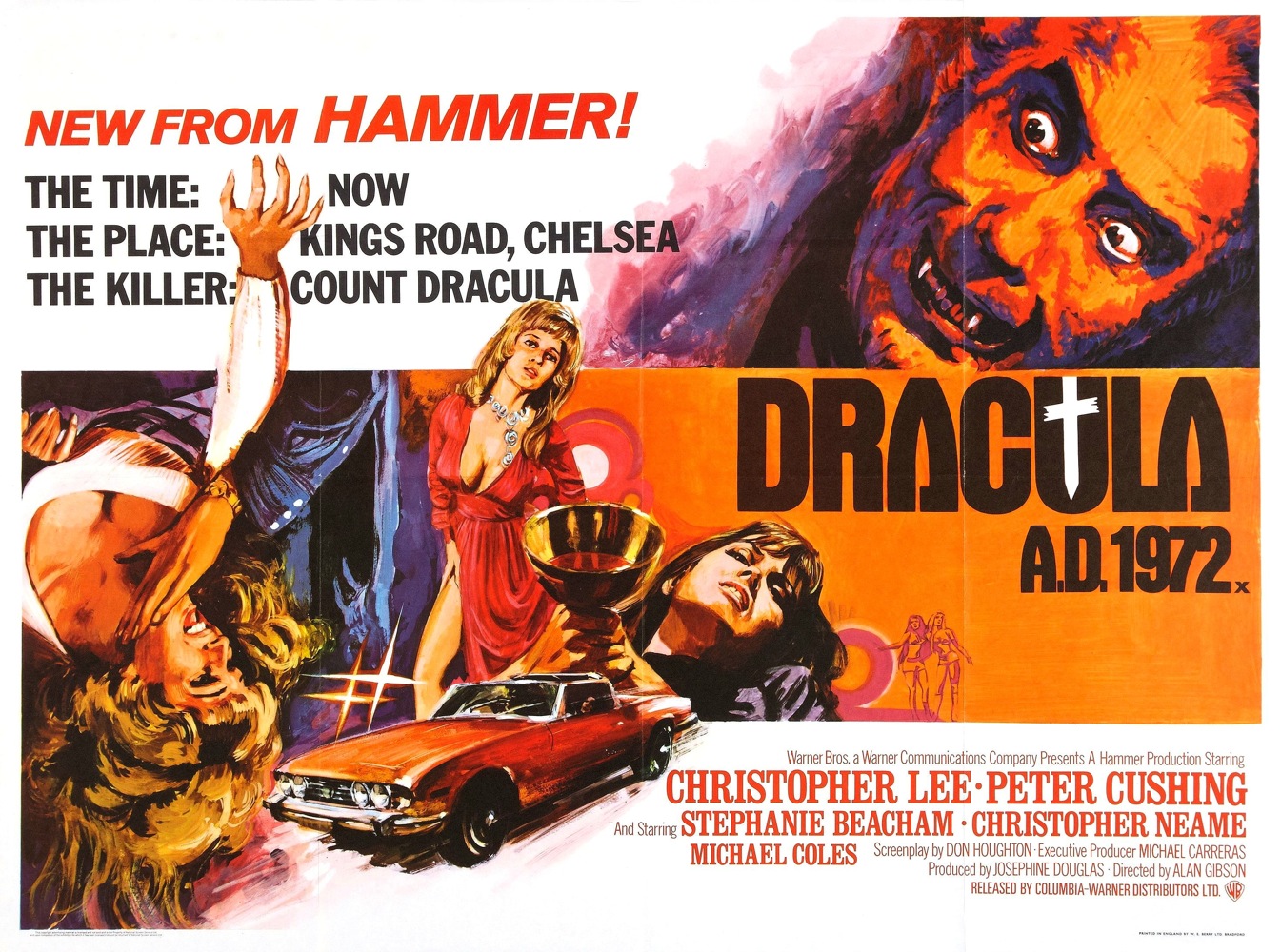
By 1955 Britain’s Hammer Film Productions had been around for 21 years and was only barely surviving by rapidly pumping out “quota-quickies”—low budget films of dubious quality that often played to empty theaters in order to meet the government-regulated demand for homegrown cinema.
That all changed that year, when they released the film adaptation of a chilling radio thriller about an obsessive scientist chasing after the rapidly mutating participant of his latest rocket experiment. The Quartmass Experiment quickly became the company’s biggest hit. They immediately followed it with two more sci-fi thrillers (X the Unknown and the sequel to Quartermass), but it was another horror effort that changed their fortunes and turned them in their country’s most famous exporter of B-movie greatness.
With The Curse of Frankenstein Hammer chanced upon a brilliant formula: Take the monsters made famous by Universal studios over 20 years earlier and update them with all of the blood, violence and (most importantly) sex they could hope to get away with. In 1958 that wasn’t much, but it was enough to cause a sensation. Critics were scandalized, while audiences were thrilled.
The resulting box office convinced Hammer to go all in. Adaptations featuring their versions of Dracula, the Wolfman, the Mummy, the Phantom of the Opera, cavemen, lost worlds, zombies, reptilemen and every kind of murderer they could think of soon followed. These films turned British character actors Peter Cushing and Christopher Lee into marquee stars, while their true appeal lay in the constant supply of European starlets who lent their heaving cleavages to the productions. Ask any Hammer fan to name their favourite and they’re likely to run out of breathe and faint before they get even close to stopping (Madeline Smith, Raquel Welch, Ursulla Andress, Kate O’Mara, Martine Beswick, Caroline Munro, Stephanie Beacham, Ingrid Pitt, Valerie Leon, Yvonne Romain…and that’s just off the top of my head).
If during the sixties these films represented a constant battle between sex and violence, it was clear by the seventies that sex had won. Lesbian themes were introduced into films like The Vampire Lovers, twin playmates were given the title roles in Twins of Evil and naked Nastassja Kinski was the only apparent justification for To the Devil a Daughter. That said, the studio still managed to produce several truly great films, including Captain Kronos: Vampire Hunter and the imaginative Stevenson adaptation Dr. Jekyll and Sister Hyde.
Following the failure of To the Devil, the studio finally closed its doors, only to reopen them in the past few years. Unfortunately the resulting films have yet to suggest any reason why fans of the original studio’s output should care.
H
is for Hammer
and
Hammer
is
Hot!
 ABCs,
ABCs,  B-MOVIE BULLSH*T,
B-MOVIE BULLSH*T,  Bullsh*t Lists,
Bullsh*t Lists,  Hammer in
Hammer in  ABCs,
ABCs,  B-Movies,
B-Movies,  Bullsh*t Lists,
Bullsh*t Lists,  Horror
Horror 
